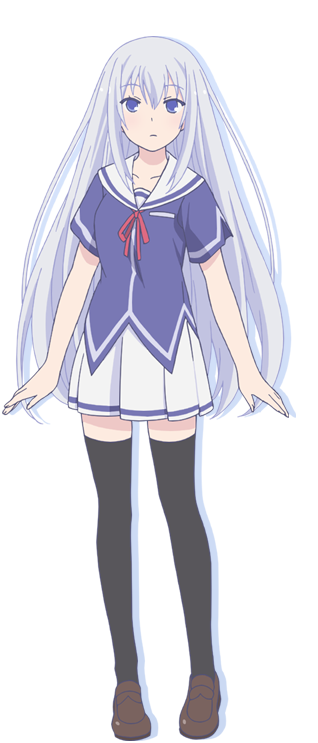1. Button 선언방법
<!-- Button은 Windows.UI.Xaml.Controls 네임스페이스에서 포함되어있기 때문에 xmlns을 안써줘도 된다. Page 에 미리 선언된 값을 따른다. -->
<Button xmlns="http://schemas.microsoft.com/winfx/2006/xaml/presentation" Content="Stop"/>
<!-- 기본적으로 지원하지 않는 네임스페이스의 경우, 접두사를 편한대로 정의해주고 관련 네임스페이스를 지정해주면된다. -->
<UiNamespace:Button
xmlns:UiNamespace="http://schemas.microsoft.com/winfx/2006/xaml/presentation"
Content="Stop"/>
2. Content 개념
c#
Windows.UI.Xaml.Controls.Button b = new Windows.UI.Xaml.Controls.Button(); b.Width = 96; b.Height = 38; Windows.UI.Xaml.Shapes.Rectangle r = new Windows.UI.Xaml.Shapes.Rectangle(); r.Width = 10; r.Height = 10; r.Fill = new Windows.UI.Xaml.Media.SolidColorBrush(Windows.UI.Colors.White); b.Content = r; // Make the square the content of the Button // Content 는 Object 형을 지니기 때문에 대다수의 자료형에 대응할 수 있다. |
XAML
<Button xmlns="http://schemas.microsoft.com/winfx/2006/xaml/presentation" Width="96" Height="38"> <Button.Content> <Rectangle Width="10" Height="10" Fill="White"/> </Button.Content> </Button> <Button xmlns="http://schemas.microsoft.com/winfx/2006/xaml/presentation" Width="96" Height="38" Content="Red" /> <!-- 기본적으로 생략이 가능하다. --> <Button xmlns="http://schemas.microsoft.com/winfx/2006/xaml/presentation" Width="96" Height="38"> <Rectangle Width="10" Height="10" Fill="White"/> </Button> |
3. 컨트롤의 속성값을 지정하는 방법
1. CodeBehind 에서 직접 속성을 지정해준다.
2. XAML 에서 지정해준다.
1) 직접 String 값을 이용하여 지정
<Button xmlns="http://schemas.microsoft.com/winfx/2006/xaml/presentation" Width="96" Height="38" Content="Red" />
2) Makeup Extensions를 이용하여 지정
<Button xmlns="http://schemas.microsoft.com/winfx/2006/xaml/presentation" xmlns:x="http://schemas.microsoft.com/winfx/2006/xaml" Height="50" Background="{x:Null}" Content="{Binding Height, RelativeSource={RelativeSource Self}}"/> |
3) 자식엘리먼트로 지정
<Button xmlns="http://schemas.microsoft.com/winfx/2006/xaml/presentation"> <Button.Content> Stop </Button.Content> <Button.Background> Red </Button.Background> </Button> |
4. Type Converters
5. 기타 유용한 것들
Mixing XAML with C#
string xamlString = …;
// Get the root element, which we know is a Page
Page p = (Page)XamlReader.Load(xamlString);
string xamlString = …;
// Get the root element, which we know is a Page
Page p = (Page)XamlReader.Load(xamlString);
// Grab the Stop button by walking the children (with hard-coded knowledge!)
StackPanel panel = (StackPanel)p.Content;
Button stopButton = (Button)panel.Children[4];
Naming XAML Elements
<Button x:Name="stopButton">Stop</Button>
string xamlString = …;
// Get the root element, which we know is a Page
Page p = (Page)XamlReader.Load(xamlString);
// Grab the Stop button, knowing only its name
Button stopButton = (Button)p.FindName("stopButton");
6. 레이아웃 예제
<Page
x:Class="HelloRealWorld.MainPage"
xmlns="http://schemas.microsoft.com/winfx/2006/xaml/presentation"
xmlns:x="http://schemas.microsoft.com/winfx/2006/xaml"
xmlns:local="using:HelloRealWorld"
xmlns:d="http://schemas.microsoft.com/expression/blend/2008"
xmlns:mc="http://schemas.openxmlformats.org/markup-compatibility/2006"
mc:Ignorable="d">
<Grid Background="{ThemeResource ApplicationPageBackgroundThemeBrush}">
<StackPanel x:Uid="Panel" Name="stackPanel" Margin="100">
<TextBlock x:Uid="Greeting" FontSize="80" TextWrapping="WrapWholeWords"
Margin="12,48"/>
<TextBlock x:Uid="EnterName" FontSize="28" Margin="12"/>
<Grid>
<Grid.ColumnDefinitions>
<ColumnDefinition/>
<ColumnDefinition Width="Auto"/>
</Grid.ColumnDefinitions>
<TextBox Name="nameBox" Margin="12"/>
<Button x:Uid="GoButton" Grid.Column="1" Click="Button_Click"/>
</Grid>
<TextBlock Name="result" FontSize="28" Margin="12"/>
</StackPanel>
</Grid>
</Page>
'.NET > Universal WIndows App' 카테고리의 다른 글
| Universal Window App 튜토리얼 시작 (0) | 2015.09.29 |
|---|---|
| Flyout 과 MessageDialog (0) | 2015.09.29 |


